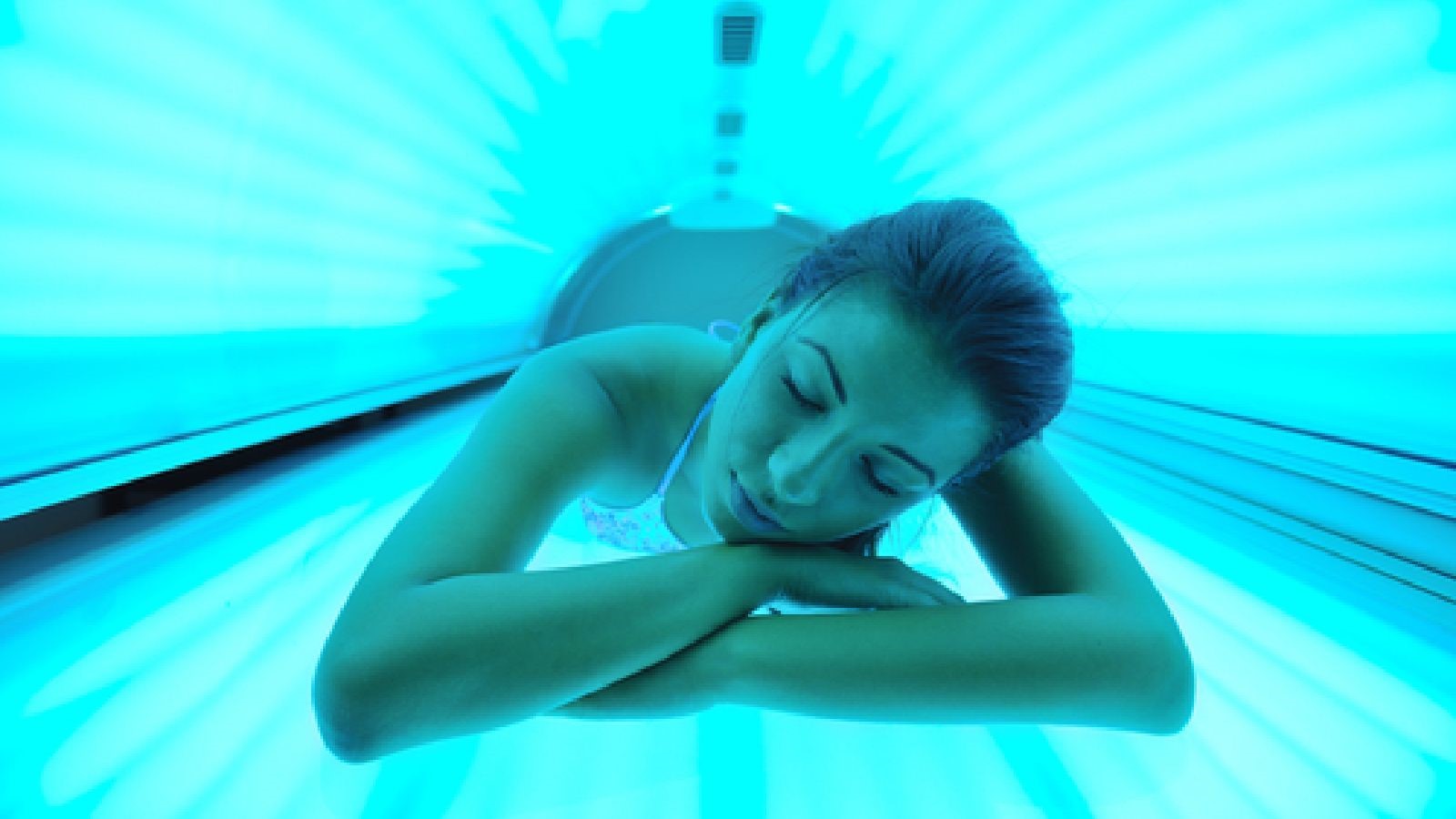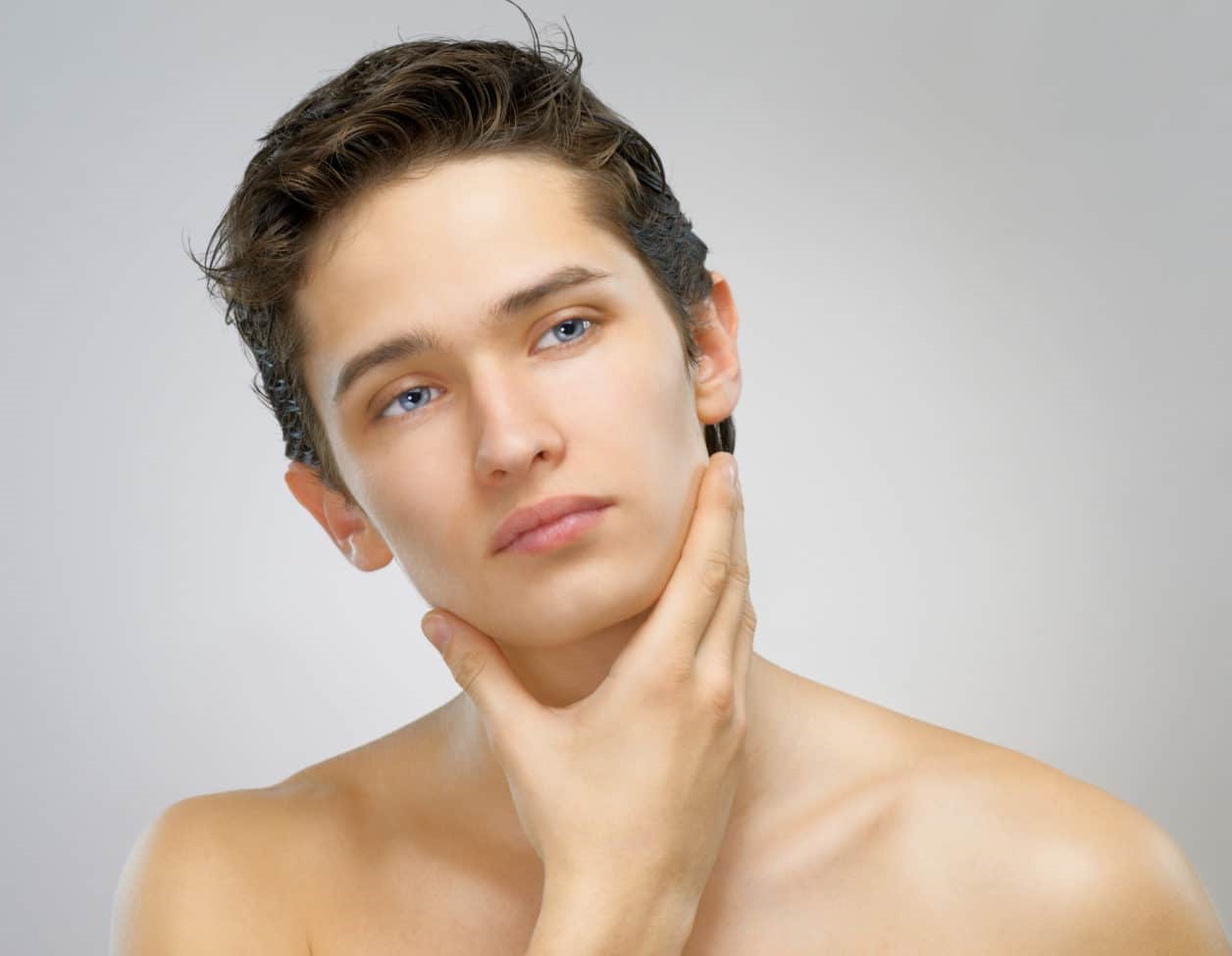
Are you wondering if tanning beds are safe? You're not alone. Many people seek that sun-kissed glow without the hassle of sunbathing. But is it worth the risk? Tanning beds use UV radiation to darken your skin, which can lead to serious health issues. Skin cancer, premature aging, and eye damage are just a few concerns. While some argue that tanning beds provide a controlled environment, the risks often outweigh the benefits. In this post, we'll dive into 14 crucial facts about tanning beds to help you make an informed decision. Ready to learn more? Let's get started!
Are Tanning Beds Safe?
Tanning beds have become a popular way to achieve a sun-kissed glow without spending hours outside. But are they really safe? Let's explore some important facts about tanning beds and their effects on your health.
Health Risks of Tanning Beds
Using tanning beds can have serious health implications. Here are some key points to consider:
-
Increased Risk of Skin Cancer: Tanning beds emit UV radiation, which can damage skin cells and increase the risk of skin cancer, including melanoma, the deadliest form of skin cancer.
-
Premature Aging: UV radiation from tanning beds can accelerate the aging process, leading to wrinkles, age spots, and loss of skin elasticity.
-
Eye Damage: Exposure to UV radiation can harm your eyes, potentially causing cataracts and other eye conditions.
Misconceptions About Tanning Beds
Many people believe that tanning beds are a safer alternative to natural sunlight. However, this is not true. Here are some common misconceptions:
-
"Base Tan" Myth: Some think getting a "base tan" from a tanning bed can protect against sunburn. In reality, any tan indicates skin damage and does not prevent further harm.
-
Vitamin D Production: While UVB rays help produce vitamin D, the risks of tanning beds far outweigh the benefits. Safer alternatives include dietary supplements and foods rich in vitamin D.
Regulations and Safety Measures
There are regulations in place to minimize the risks associated with tanning beds. However, these measures are not foolproof.
-
Age Restrictions: Many regions have laws prohibiting minors from using tanning beds due to the heightened risk of skin damage and cancer.
-
Time Limits: Tanning salons often impose time limits on sessions to reduce exposure, but even short sessions can be harmful.
-
Protective Eyewear: Salons provide protective eyewear to shield eyes from UV radiation, but not all users wear them consistently.
Alternatives to Tanning Beds
If you're looking for a tan without the risks, consider these safer alternatives:
-
Self-Tanning Products: Lotions, sprays, and mousses can give you a tan without UV exposure. They contain dihydroxyacetone (DHA), which reacts with the skin's surface to create a tanned appearance.
-
Spray Tans: Professional spray tans offer an even, natural-looking tan without the need for UV radiation.
Personal Stories and Statistics
Real-life experiences and statistics can shed light on the dangers of tanning beds.
-
Survivor Stories: Many skin cancer survivors attribute their condition to tanning bed use, emphasizing the importance of avoiding UV exposure.
-
Statistical Data: Studies show that people who use tanning beds before age 35 increase their risk of melanoma by 75%.
Expert Opinions
Medical professionals and researchers have weighed in on the safety of tanning beds.
Final Word on Tanning Beds
Tanning beds might give you that sun-kissed glow, but they come with serious risks. Skin cancer, premature aging, and eye damage are just a few dangers. UV radiation from tanning beds is much stronger than natural sunlight, increasing your risk of melanoma. Using them can also weaken your immune system, making you more susceptible to illnesses. If you crave a tan, consider safer alternatives like self-tanning lotions or spray tans. They offer a bronzed look without the harmful effects. Remember, protecting your skin today can save you from health issues down the road. Stay informed, make smart choices, and prioritize your health over temporary beauty. Your skin will thank you!
Was this page helpful?
Our commitment to delivering trustworthy and engaging content is at the heart of what we do. Each fact on our site is contributed by real users like you, bringing a wealth of diverse insights and information. To ensure the highest standards of accuracy and reliability, our dedicated editors meticulously review each submission. This process guarantees that the facts we share are not only fascinating but also credible. Trust in our commitment to quality and authenticity as you explore and learn with us.


